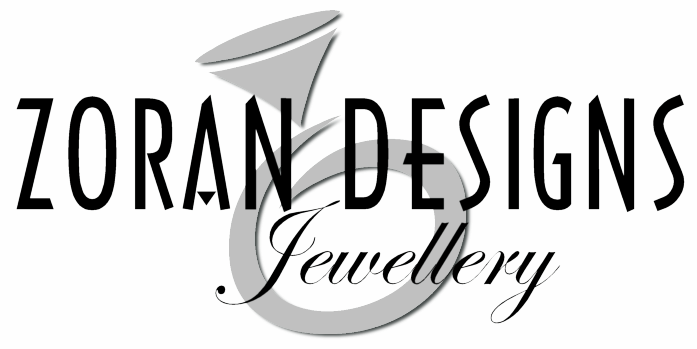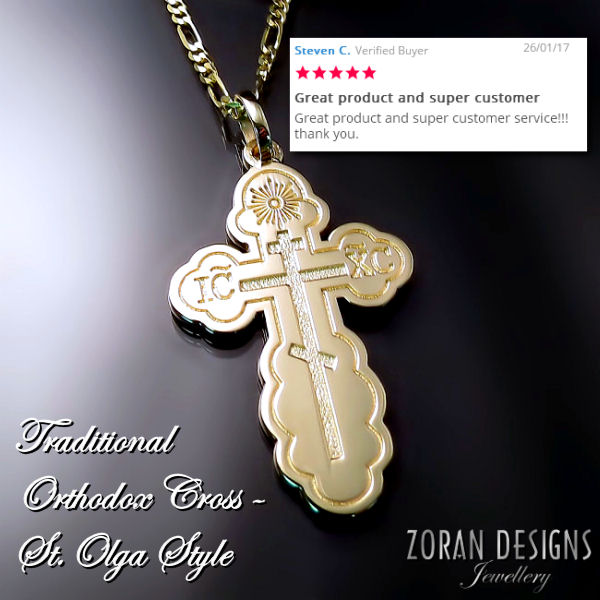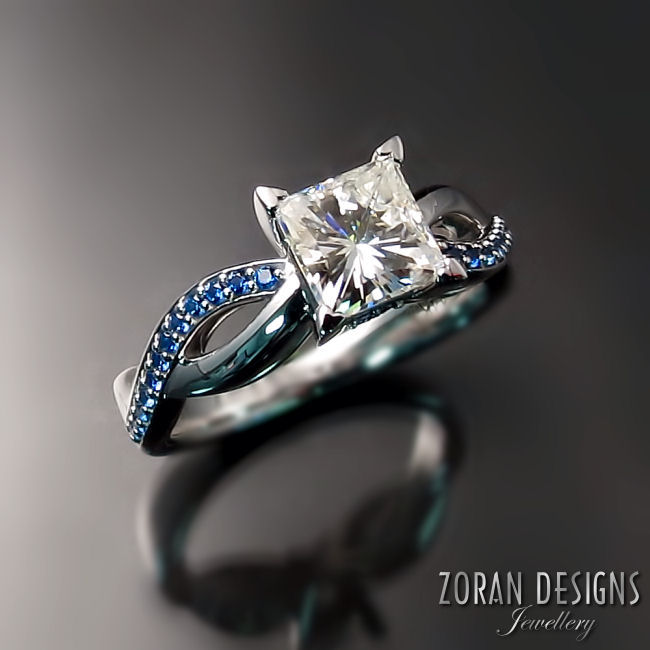We take great pride in providing high quality product and service and our customers take notice of that. The feedback for our Orthodox cross pendants has been exceptional and we thank all of our customers who take a moment to submit a review. Here are some recent reviews from people who purchased one of our gold Orthodox crosses, whether for a Baptism or as a general gift.
CLEAN AND NEUTRAL ORTHODOX CROSS FOR BOYS OR GIRLS:
Eastern Orthodox cross and chain
PRETTY ORTHODOX CROSSES FOR GIRLS AND LADIES:
Eastern Orthodox cross pendants
TRADITIONAL ORTHODOX CROSSES FOR BAPTISM:
Gold Orthodox crosses
ST.OLGA ORTHODOX CROSS
St.Olga Orthodox cross
ORTHODOX CROSS IDEAL FOR UKRAINIAN, GREEK, SERBIAN OR RUSSIAN BAPTISM
Orthodox cross for Greek Baptism
Orthodox cross for Russian Baptism
Orthodox cross for Ukrainian Baptism
And some nice words about our Serbian jewellery as well:
Prsten sa Srpskom krunom
Srpski grb privezak















